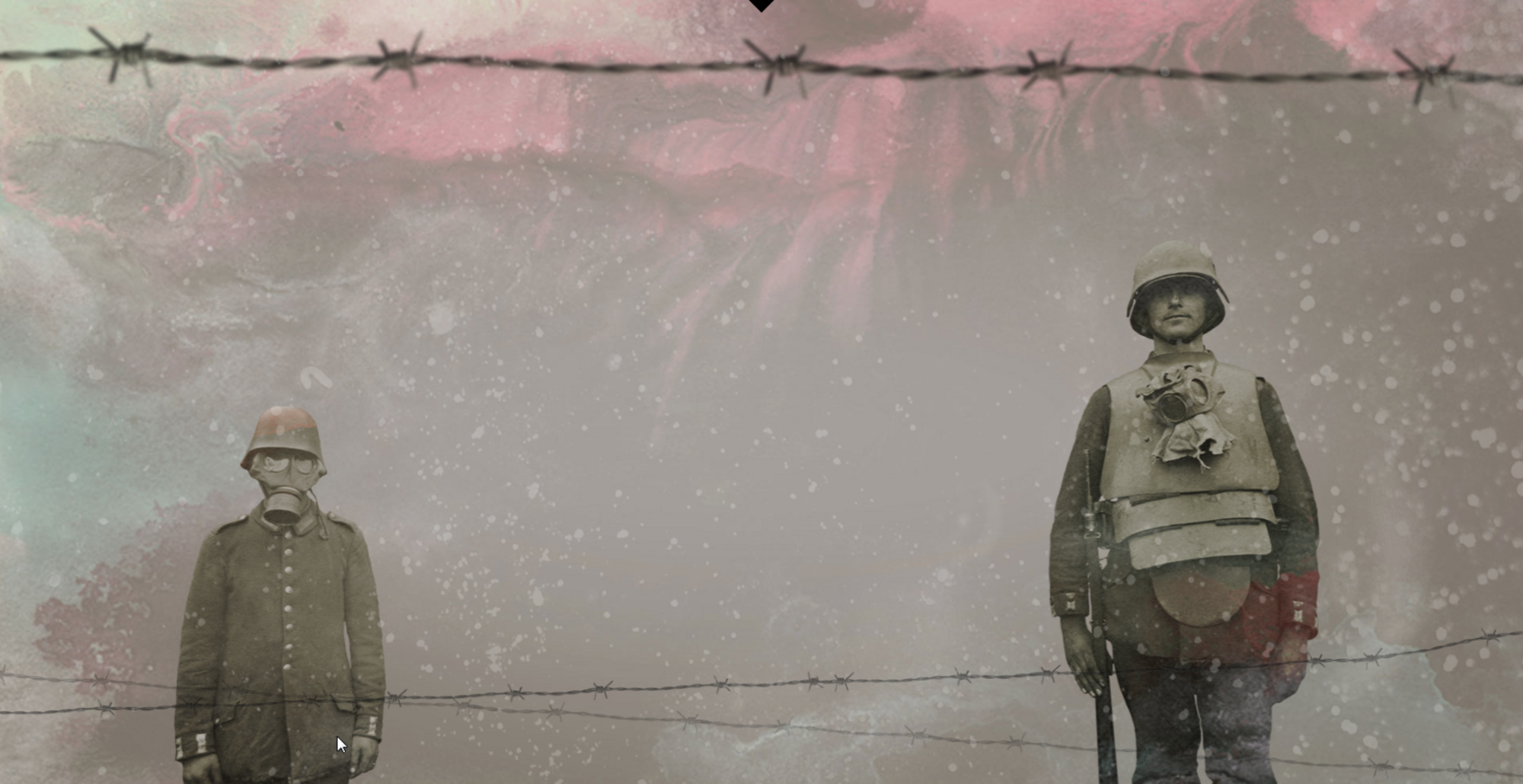
- Home
- Underground war and technical innovations
- A mole’s life
Archaeological research has cast new light on what was a constant preoccupation for the soldiers in the trenches: their efforts to shelter themselves from the devastating effects of artillery fire which became progressively heavier and more powerful. The first makeshift shelters, constructed from tree trunks, were soon replaced by structures which were buried deeper underground and often very carefully constructed. The soldiers thus had to double up as landscapers and miners, bringing enormous quantities of beams, woodwork, concrete and sheet metal up to the front. Death and desolation soon caught up to this network of underground shelters, with engineering units on both sides devoting their attentions to mine warfare, even more terrifying than the combat above ground.




